We all love the look of newly installed wood floors. Of course there is maintenance that goes into keeping your floors quality, but what happens when water damage becomes an issue? If there is major damage, like a flood, the floor may need to be replaced. This can obviously be highly expensive. At the site of damage, remove the wood so that the sub-floor is visible. Drying it outside is the next step. In minor cases, it is important to act immediately by cleaning any spills by using towels. No matter how major the accident is, dehumidifiers and open windows can h elp ventilate the room to prevent the damage to begin with.
elp ventilate the room to prevent the damage to begin with.
Experts speak upon the easiest ways to dry your flooring
-The easiest way to dry out the top of the floor is to buy or rent large fans and point them down to the floor.
-Keep the AC on if you have it, but open windows next to the floor area about 2 inches.
-The excess moisture has to go somewhere, even with air conditioning.
-Now more importantly, below the floor in the basement, you also need to have large industrial fans pointed up to where the water has come through.
-If you happen to have a finished ceiling below the floor, you might also consider cutting a neat (and repairable) square in the drywall.
-This is so the fans can better dry the under side of the subfloor.
-It would help if a few holes were drilled up into the subfloor where the leak began, to make sure a puddle of water is not sitting between the floors.
ask@woodfloordoctor.com
There are other simple things you can do to prevent water damage in the first place.
“Use entrance mats- Sometimes dirt that accidently grinds into floors can accumulate water and moisture” which can cause long-lasting damage that might ultimately go un-noticed.
“Clear your floors regularly- Soft brush vacuum cleaners help prevent scratches” and there are many mild wood flooring cleaning products that are gentle on your floors.
“Choose your wood products wisely- Oil soaps are known to damage certain floors.” You wouldn’t want to cause more damage than the problem itself!
“Wax coating can help seal out moisture”’
Elegant-Floors
The important thing to know is that one must act immediately upon any noticeable water damage. Some floors can even collapse if the problem is not attended to. Re-coating and finishing the floor is important when going from damaged goods to a newly defined wood floor!
http://www.facebook.com/urbanfloor
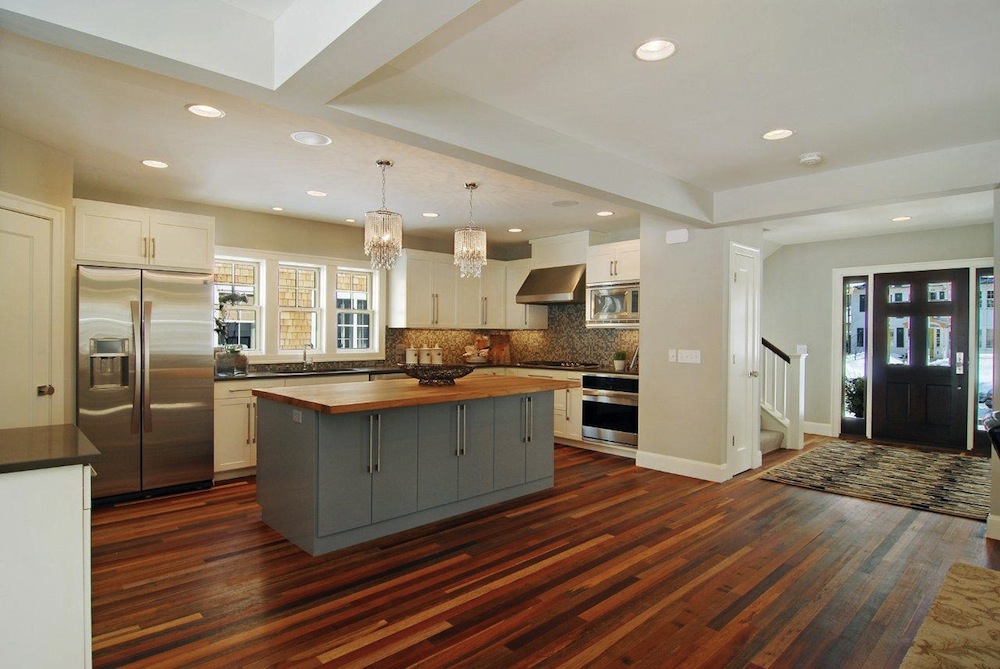

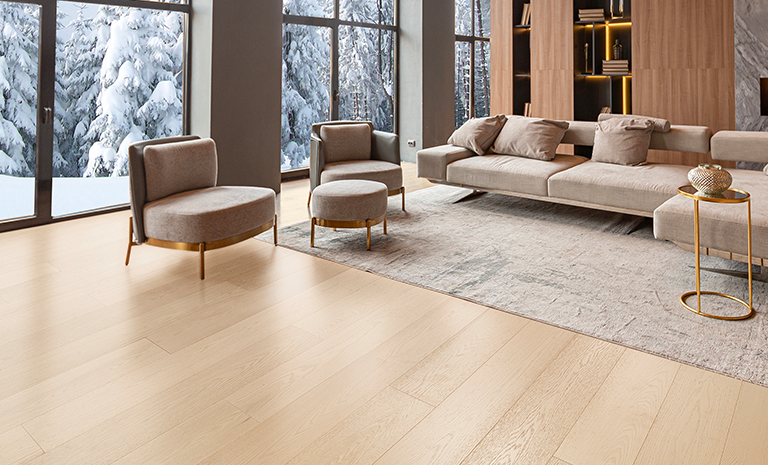
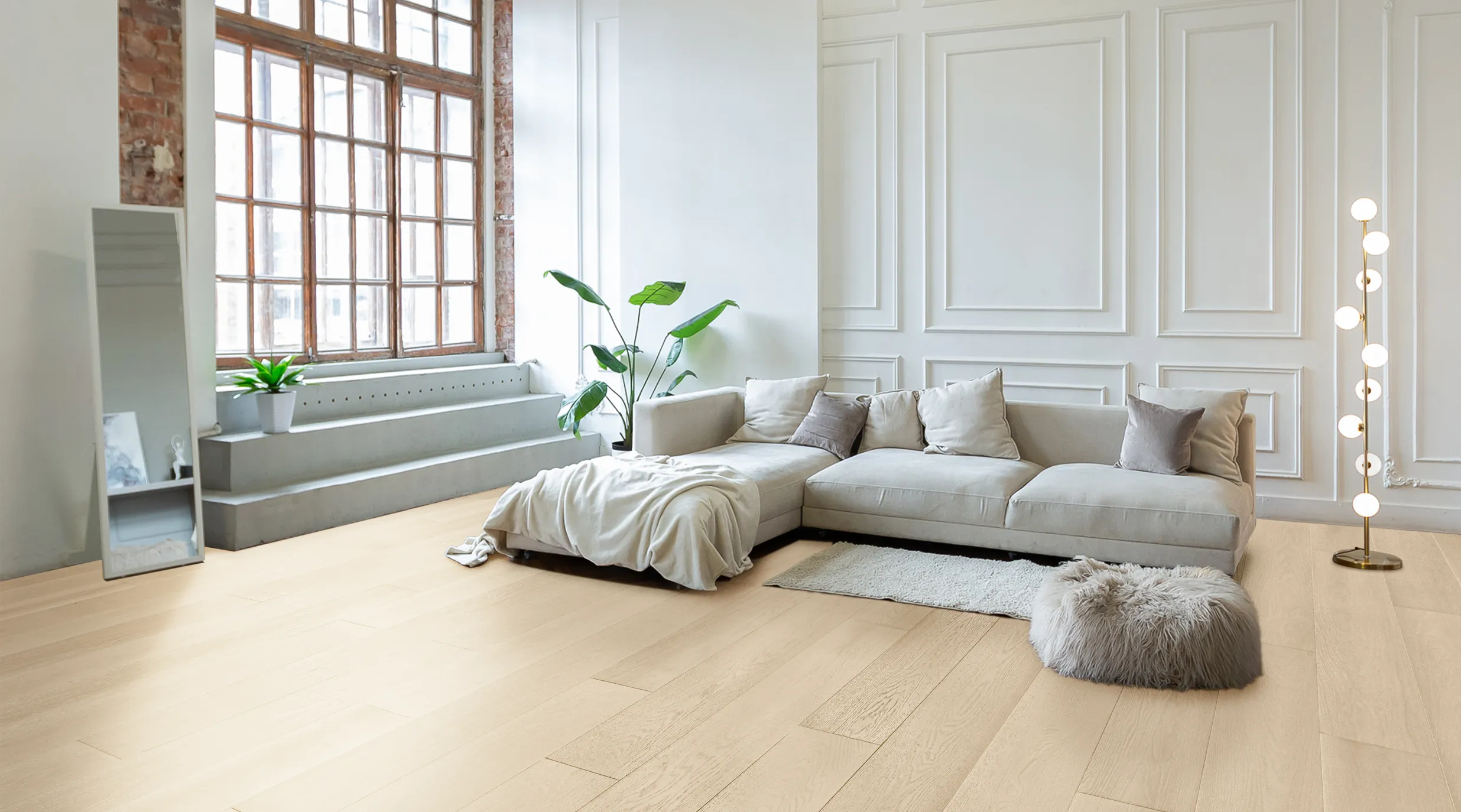
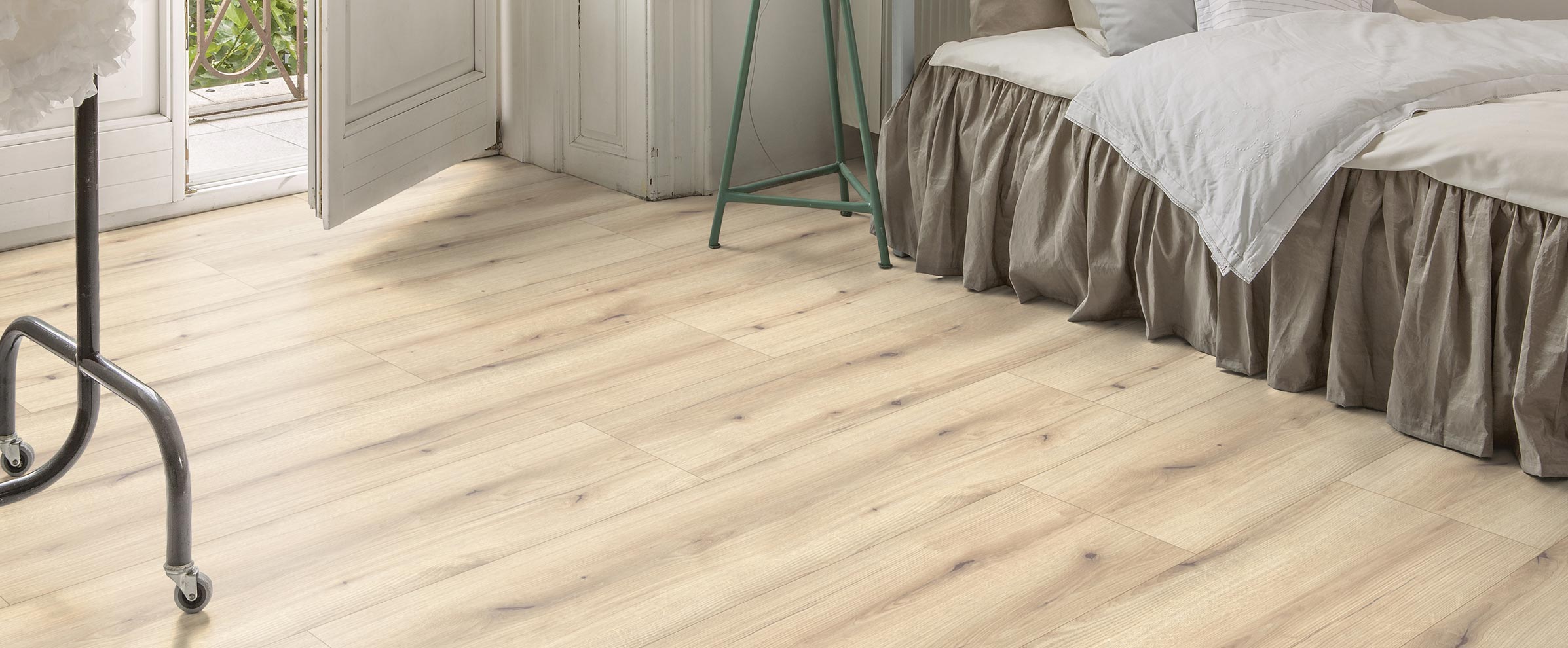
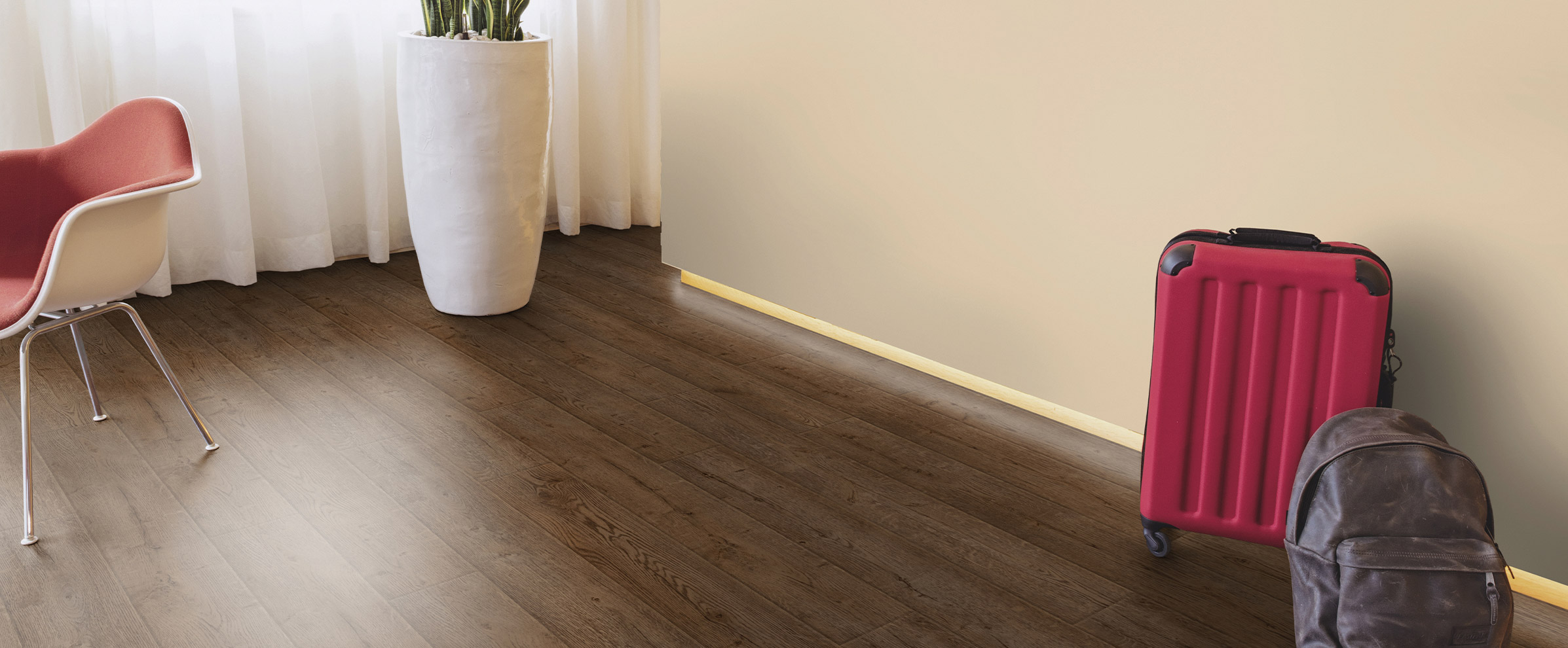
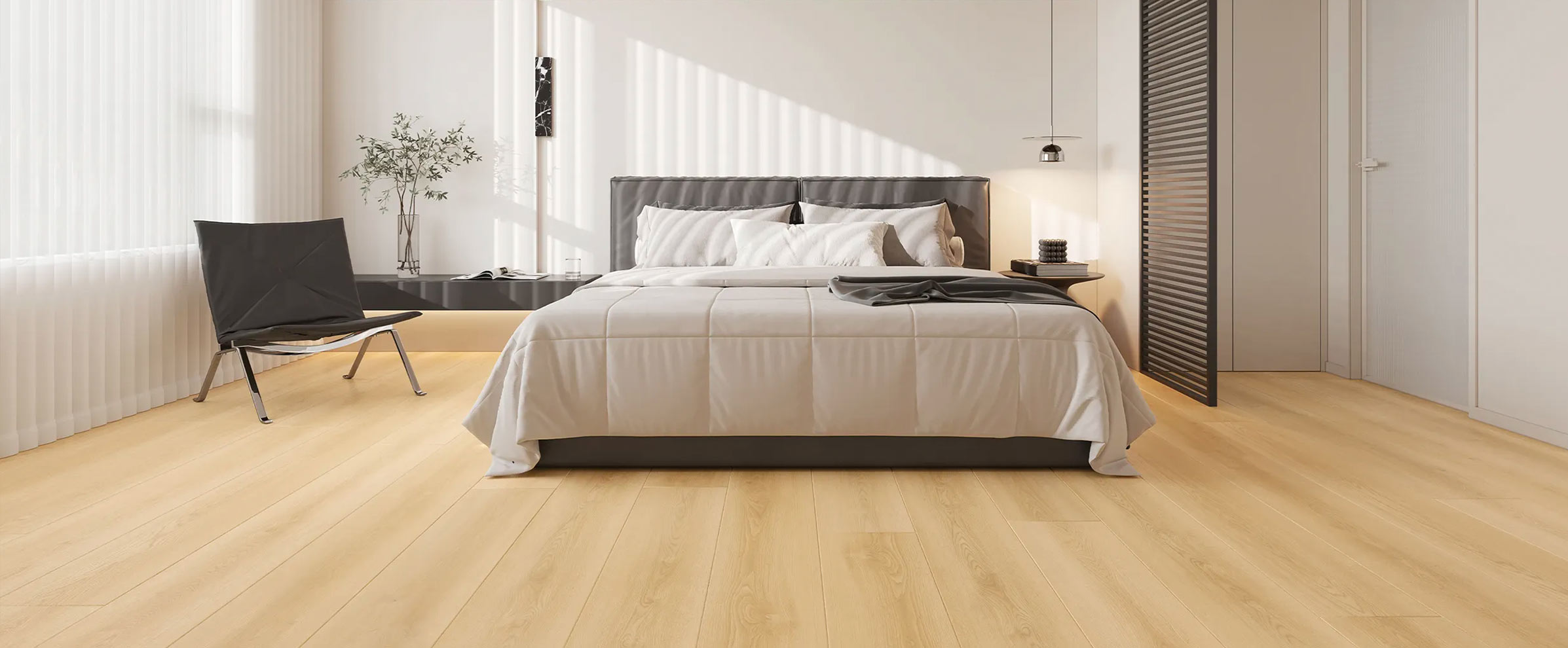
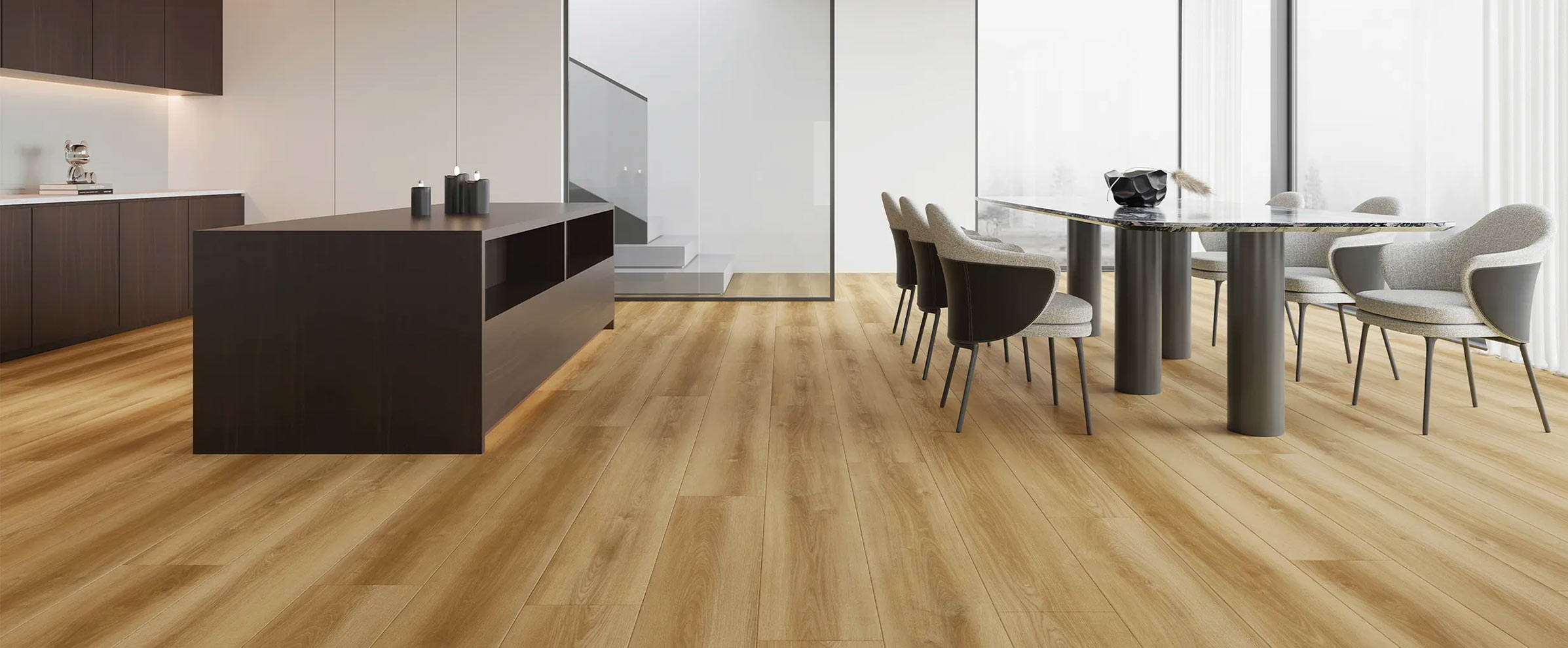
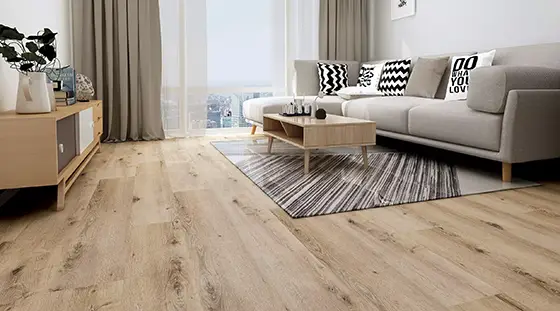
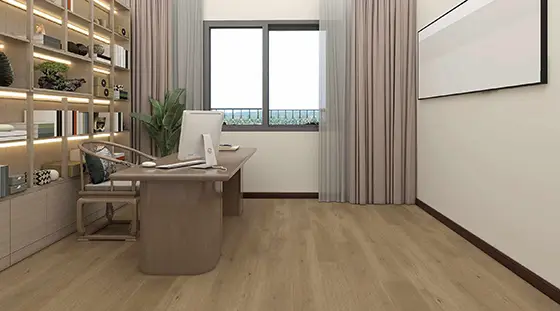
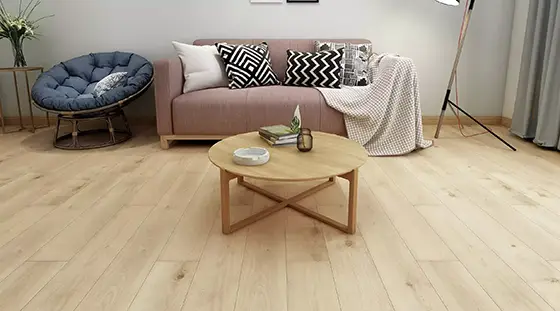
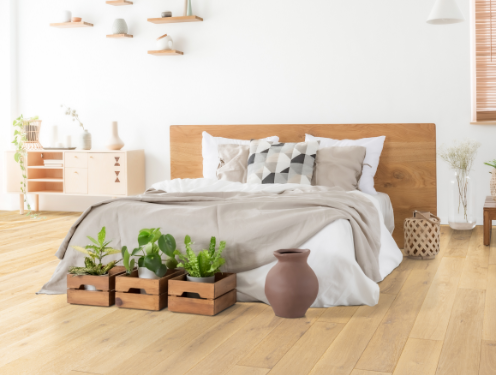
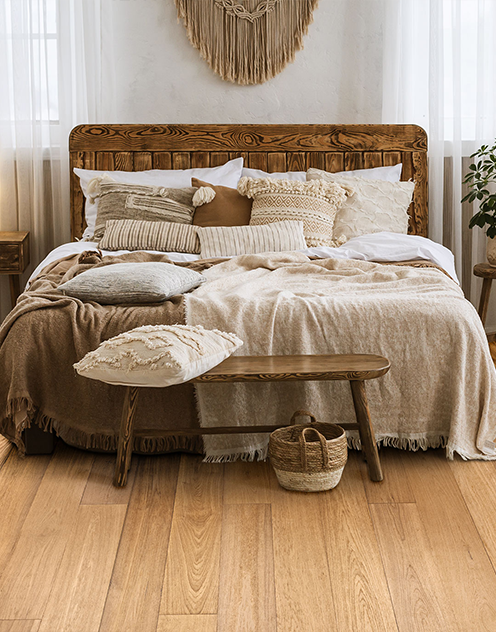
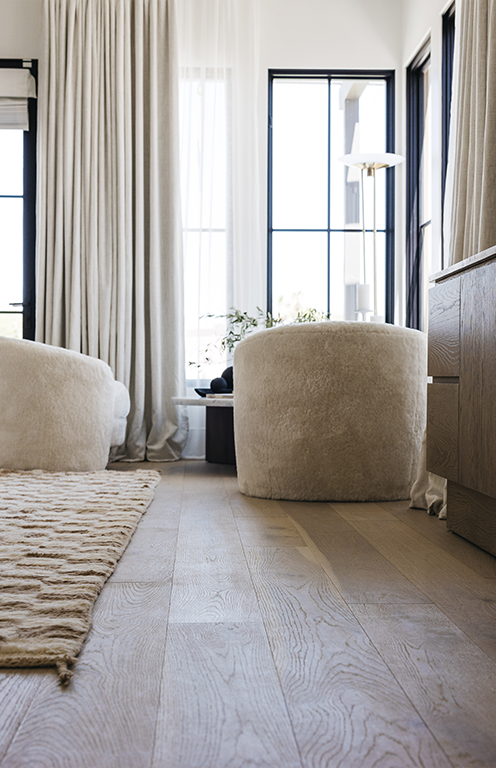
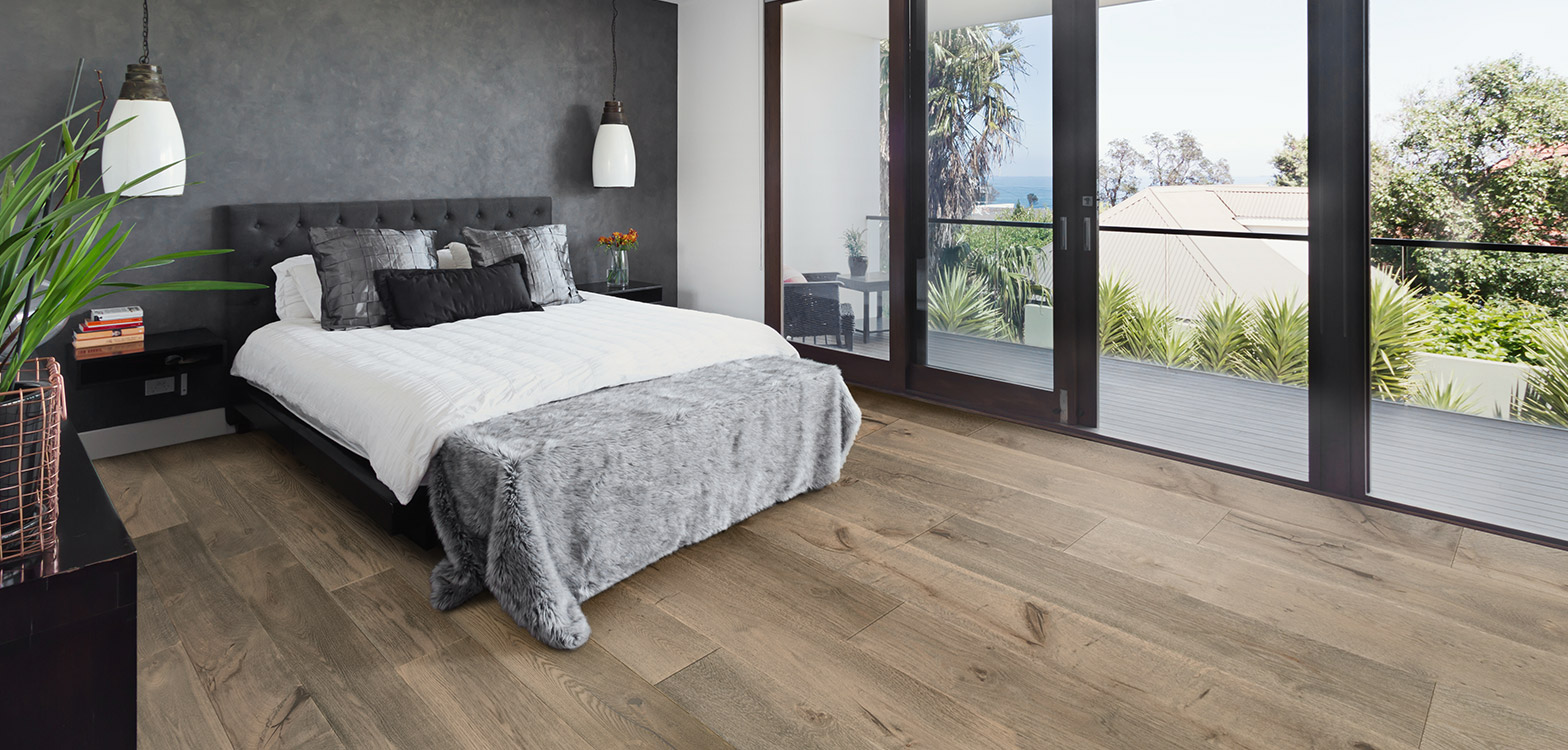
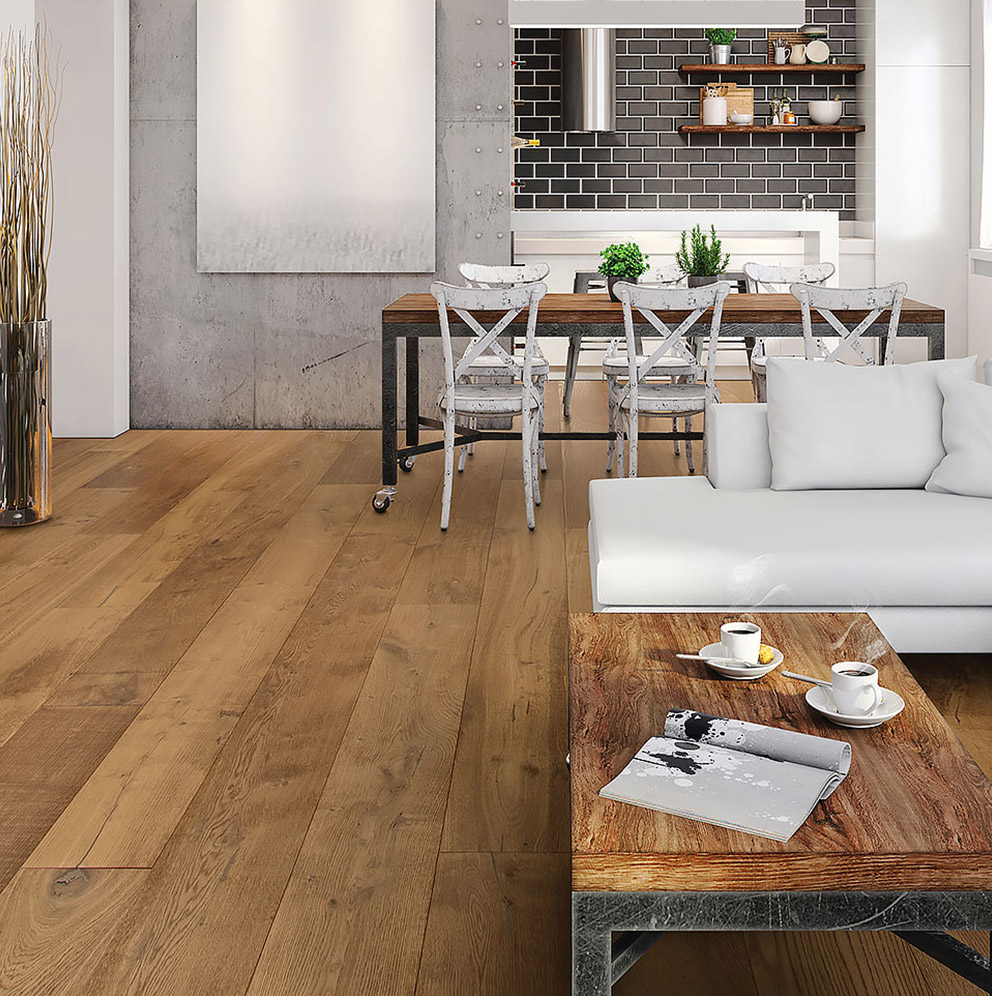
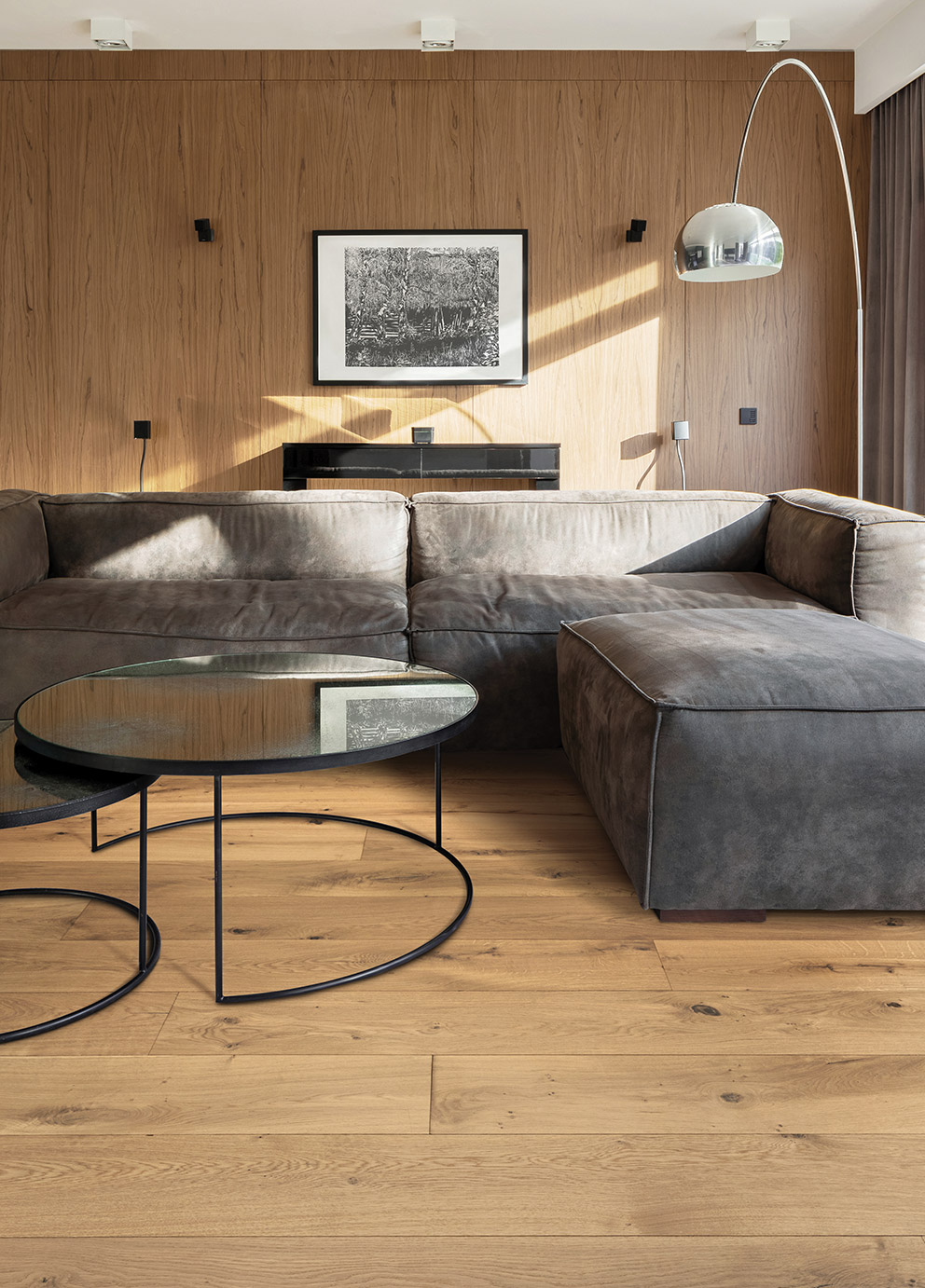
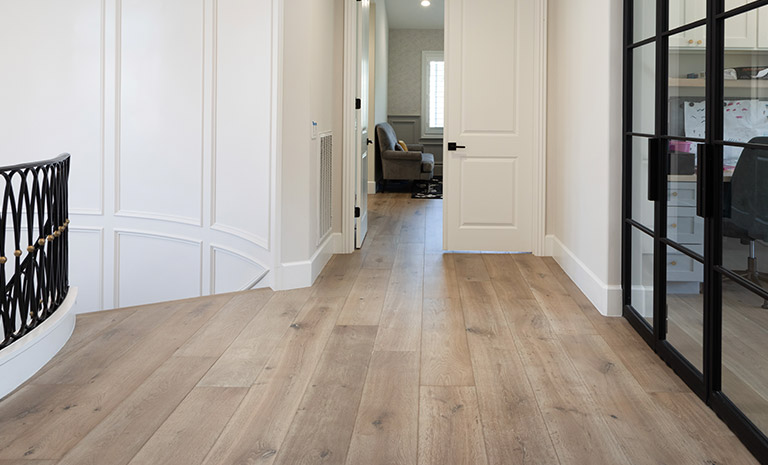
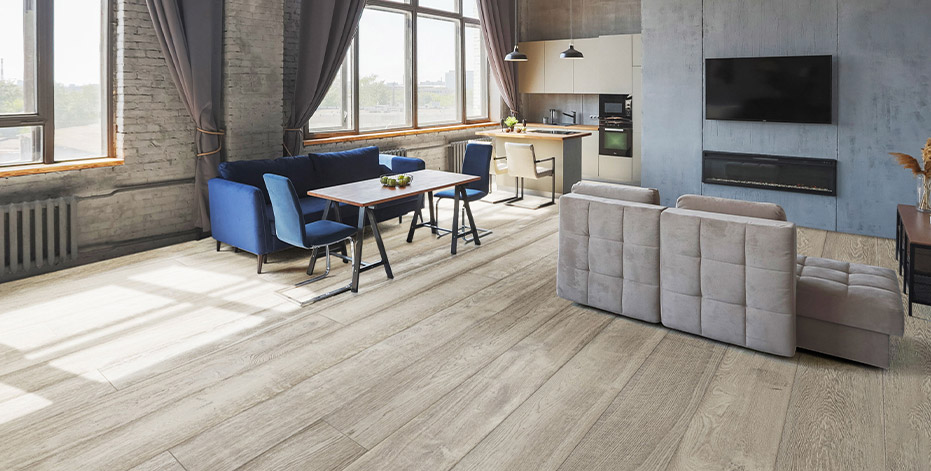
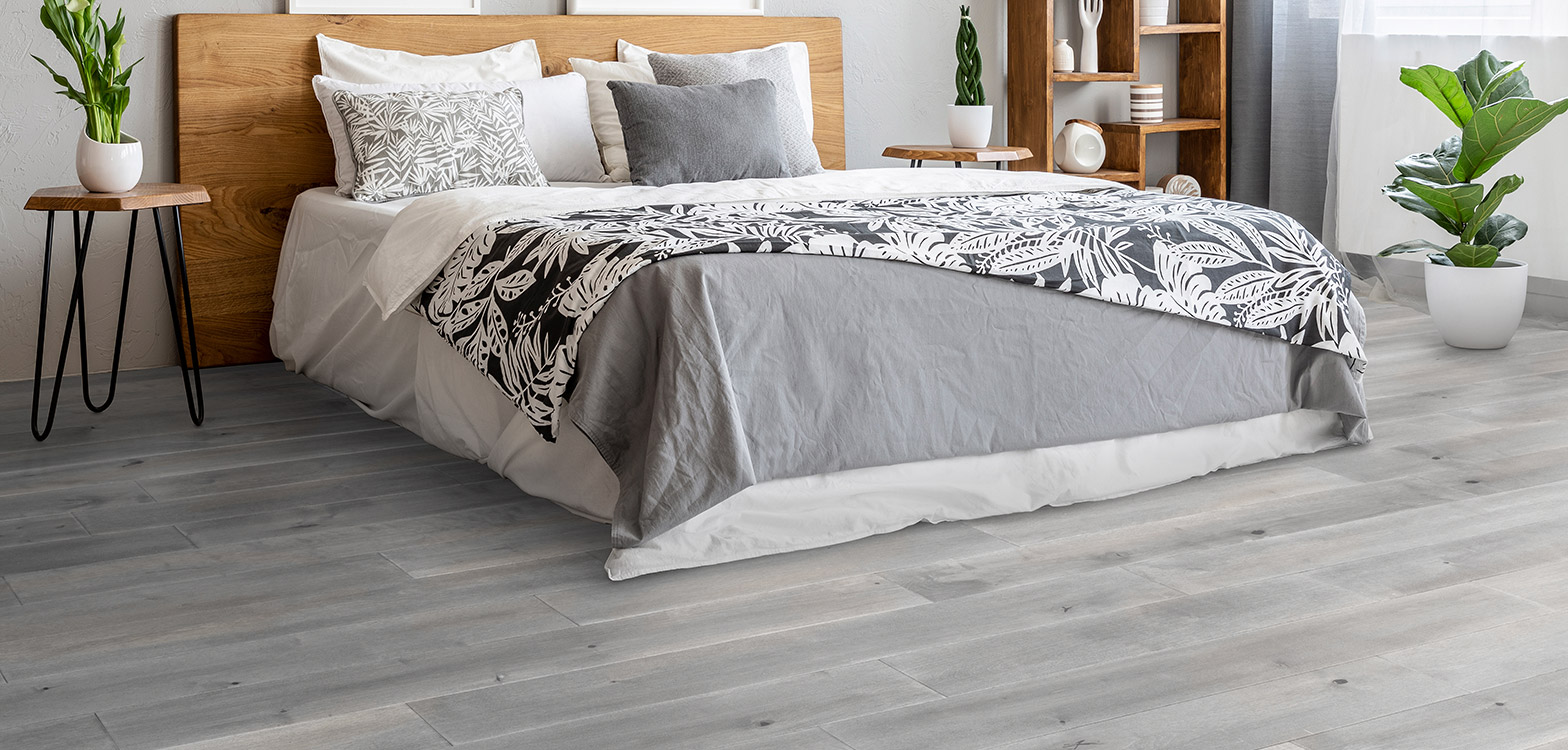
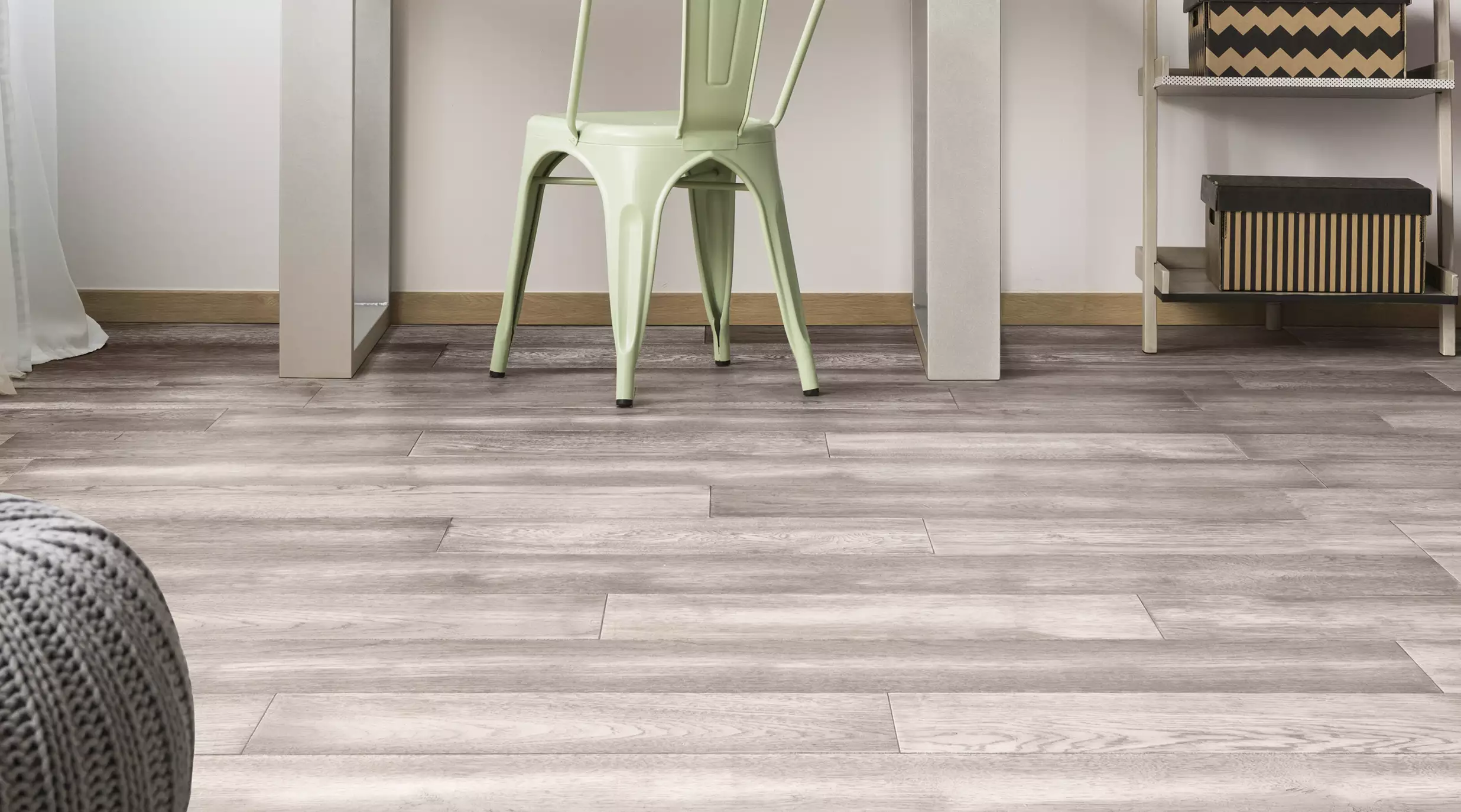

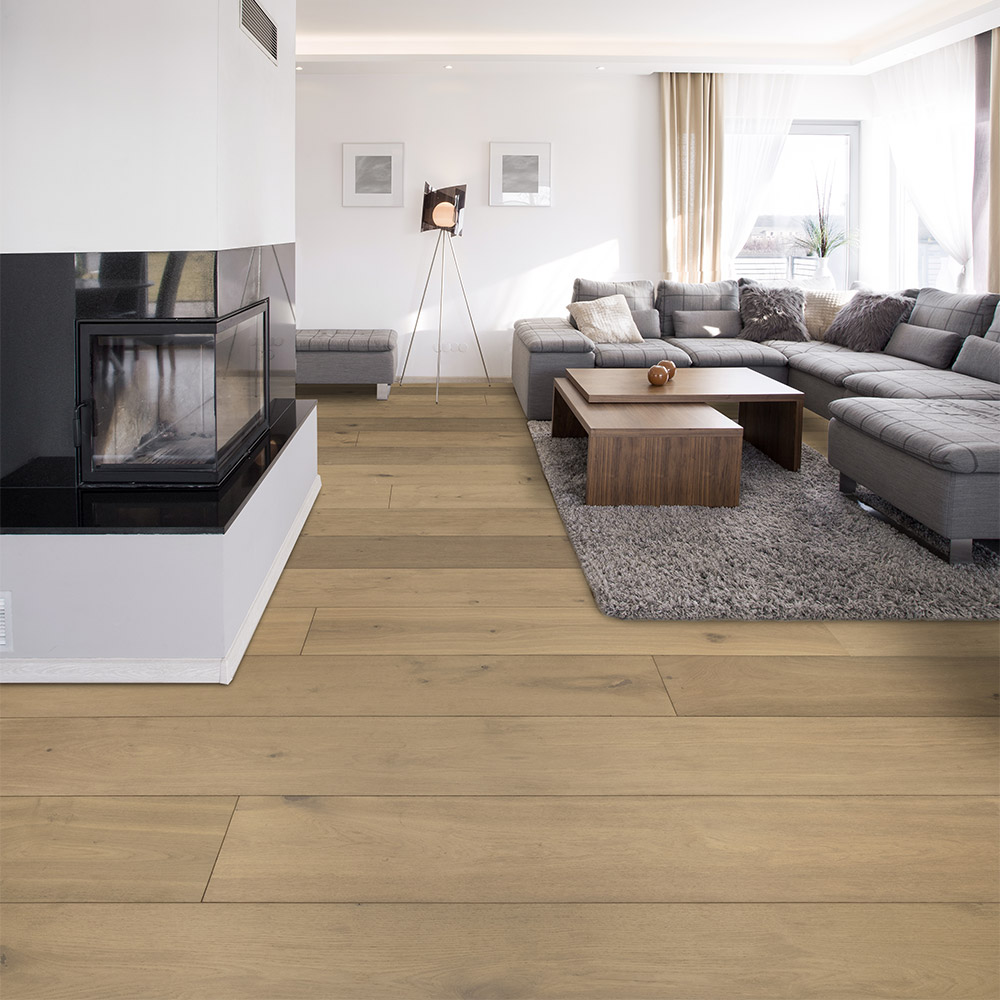
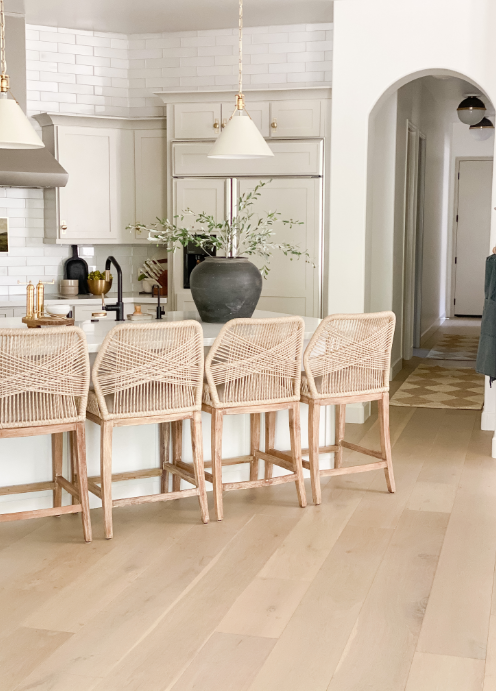
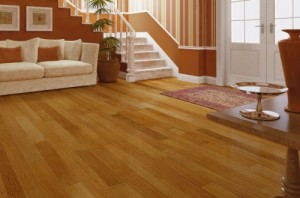
 elp ventilate the room to prevent the damage to begin with.
elp ventilate the room to prevent the damage to begin with.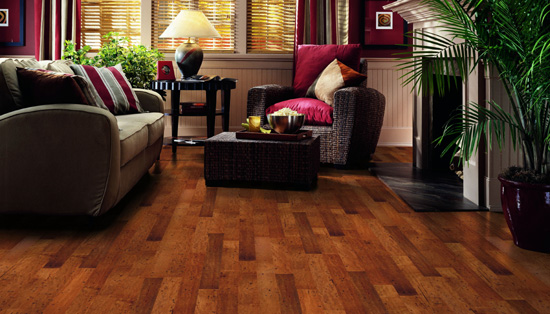 “In terms of a traditional look, dark wood floors suggest a formal appearance. Lighter colored walls as well as floral accessories accent the room greatly”.
“In terms of a traditional look, dark wood floors suggest a formal appearance. Lighter colored walls as well as floral accessories accent the room greatly”.